France - Implementation OF an experimental public transport line by cchf
For more information and to make a bid you will need to go to the third party website.
Details
Provided by
- Opportunity closing date
- 24 April 2024
- Opportunity publication date
- 20 March 2024
- Value of contract
- to be confirmed
- Your guide to exporting
Description
CONTEXT:
The Communauté de Communes des Hauts de Flandre (CCHF) was born in 2014 from the merger of the Communities of Communes of Bergues Canton, Colme, Flanders (with the exception of Ghyvelde) and Yser. Its territory now includes 40 communes with a population of almost 53616 (source INSEE 2020).
In July 2021, the CCHF adopted the "mobility" competence as part of the opportunity offered to Communities of Communes by the Mobility Orientation Law to take up the issue of mobility.
This predominantly rural region is characterized by its dynamism and strong identity. It lies at the crossroads of the Dunkirk urban area and inland Flanders. Its population is booming. The population of the Communauté de Communes des Hauts de Flandre continues to grow, as a result of a positive migration balance, combined with an equally positive natural balance.
The Plan Local d'Urbanisme Intercommunal (PLUI) (Intercommunal Local Town Planning Scheme) is a large-scale territorial project to promote sustainable development and enhance the attractiveness and dynamism of the communes, with strong political backing.
In this rural area, the car is the dominant mode of transport. The political wish is to fight against auto-solism and develop an alternative transport offer. This political will is affirmed in the territory's project and the actions currently underway in terms of mobility.
At the CCHF level, public transport is used for only 5% of trips. Yet the region lends itself well to the development of this means of travel. The territory is served by 3 stations located on two rail routes, Watten-Eperlecques (on the Lille-Hazebrouck-Calais route) and Bergues and Esquelbecq (on the Lille-Hazebrouck-Dunkirk route). These three stations have been strengthened in their role as mobility hubs, with the integration of mobility services to reinforce the multi-modality of these stations.
In addition to the priority of developing a mobility offer to limit car use, the prospect of new companies setting up in the west of the Dunkirk area will lead to the creation of 20,000 jobs over the next 10 years. This massive influx of people will bring with it a change in home/work flows in the area, necessitating a shift in modes of travel from the private car to more environmentally-friendly modes, such as public transport.
In this context of developing alternatives to the car, and in particular public transport, the CCHF is willing to experiment with the introduction of a public transport line on a North-South axis. This new service for local residents is aimed at all types of public and all types of mobility.
MENSIA/URSO AVOCATS are assisting the CCHF as project managers for this experimental intercity commercial project, which may or may not complement existing regional school services.
The services concern a six-month experiment to set up a public transport service (using buses with drivers to transport people by road) for the inhabitants of the CCHF territory on a North-South route from Dunkirk railway station to the LINEO Intercommunal Aquatic Center in Wormhout (a distance of 21 kilometers). The maximum amount of the framework agreement is €100,000.00 excluding VAT.
The elected representatives of the community have chosen to offer free fares to users for the duration of the experiment.
- Opportunity closing date
- 24 April 2024
- Value of contract
- to be confirmed
About the buyer
- Address
- CC des Hauts de Flandre FRANCE
The deadline to apply for this opportunity has passed.
Visit the
opportunities page
to find another.
